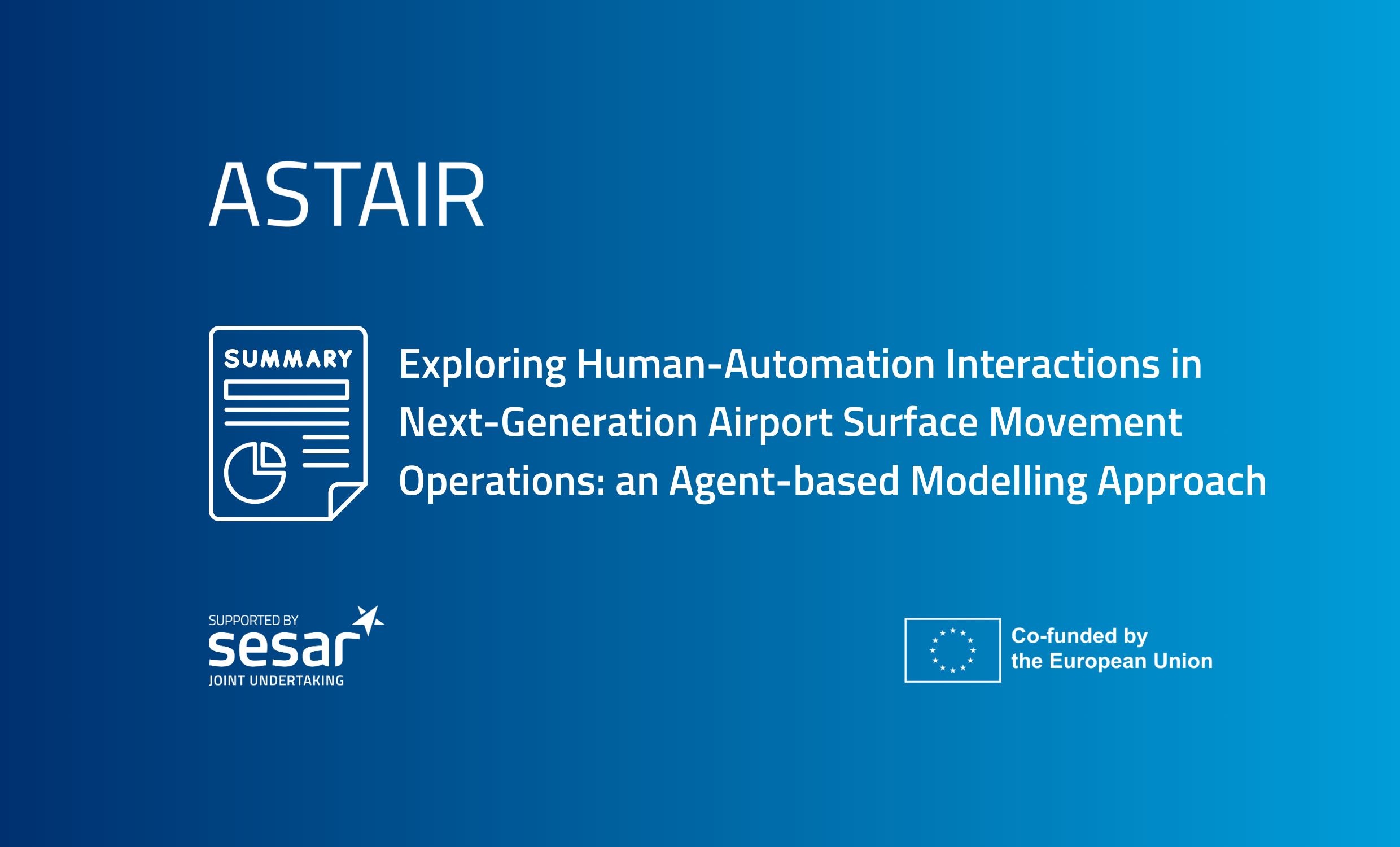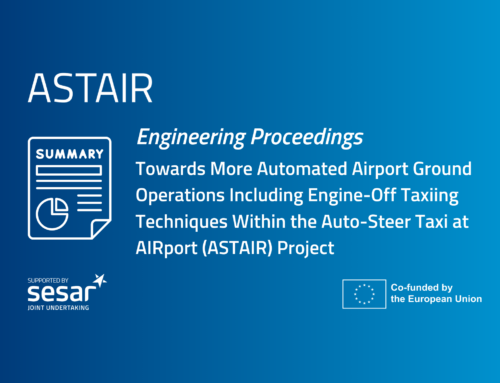Abstract – Both EASA and SESAR JU have outlined roadmaps towards an autonomous air traffic management system. Their long-term vision aligns with our previous work in which we studied the operational consequences of fully automated airport surface movement operations (ASM Ops) using a multi-agent system model that conducts multi-agent motion planning. However, such an automated system needs to be placed in a sociotechnical context, in which human operators and system users would be able to interact with automation in a seamless way. In the context of the SESAR JU project ”ASTAIR – Auto-Steer Taxi at Airport”, workshops and interviews were conducted with human operators to identify operational requirements and preferred interactions with automated systems. In this paper, we explore how the requirements can be modelled and implemented in the multi-agent system for automated planning of ASM Ops to enable interactions with human operators. To this end, we present a conceptual agent- based framework for human-automation teaming in ASM Ops, introduce interactive tools for ATCOs to engage with the system, and showcase these interactions through a series of use cases derived from the workshops as well as historic data. Illustrated through the interactions of a fictitious Air Traffic Controller at Amsterdam Airport Schiphol, we demonstrate their practical implementation and broader.
Paper presented at SESAR Innovation Days 2024.
Authors: Malte von der Burg, Alexei Sharpanskykh (Transport Operations, Faculty of Aerospace Engineering Delft University of Technology)
Click below to download it!


